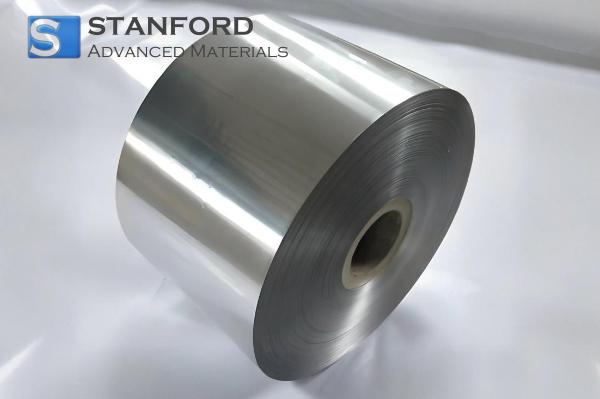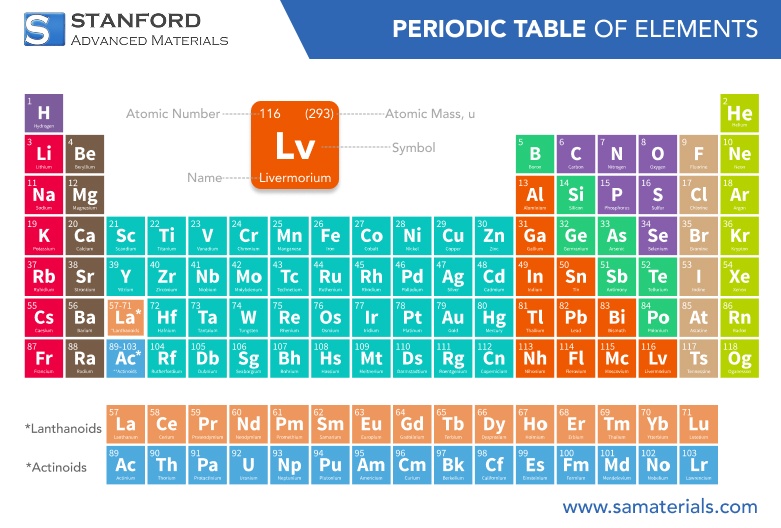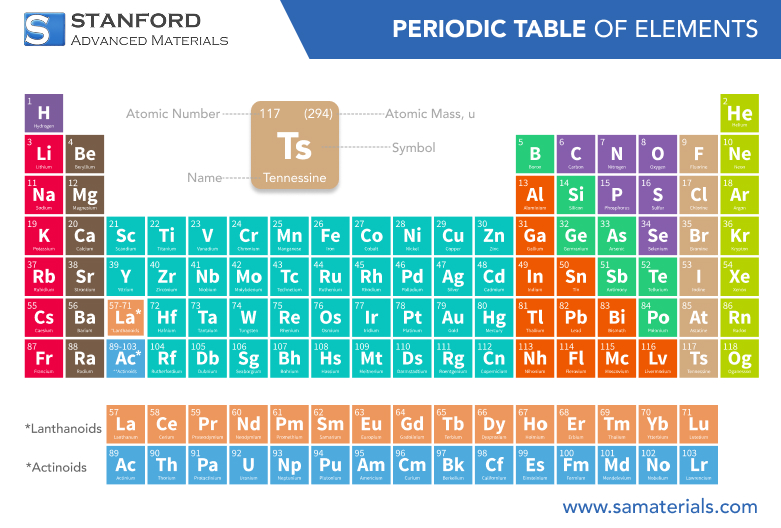Protactinium: Element Properties And Uses
Description
Protactinium is a rare radioactive actinide element with characteristic chemical and physical properties that supports scientific research and specialised industrial applications.
Introduction to the Element
This rare element was discovered at the beginning of the twentieth century and is noted for its strong radioactivity and complex atomic structure. Its scarcity in nature has made it a subject of scientific enquiry, particularly in studies related to nuclear physics and radioactive decay. The properties of Protactinium have influenced research in nuclear chemistry and provided valuable insights into the behaviour of heavy elements under various conditions.
Chemical Properties
It predominantly exists in the oxidation state +5, although under specific conditions compounds in the oxidation state +4 may also be formed. Its electron configuration supports a range of chemical interactions and facilitates the formation of numerous compounds. As a member of the actinide series, Protactinium exhibits reactivity patterns that distinguish it from other heavy elements.
Physical Properties Data Table
|
Property |
Value |
Unit |
|
Atomic Number |
91 |
- |
|
Atomic Mass |
231 |
g/mol |
|
Density |
15 |
g/cm³ |
|
Melting Point |
1 572 |
°C |
|
Boiling Point |
4 000 |
°C |
|
Crystalline Structure |
Tetragonal |
- |
For further information, please visit Stanford Advanced Materials (SAM).
Common Uses
Despite its limited availability and high radioactivity, Protactinium is employed in scientific research for several specialised applications.
Its general usage is primarily associated with nuclear physics studies, whereby small quantities are used to investigate the processes of radioactive decay and nuclear reactions.
In research laboratories, Protactinium is used as a tracer element to monitor complex nuclear processes, thereby providing insights into reaction mechanisms that are otherwise difficult to quantify.
The element’s limited availability restricts its industrial applications.
Preparation Methods
The preparation methods for Protactinium are complex due to its low natural occurrence and high radioactivity. It is typically extracted during the processing of uranium ores, where it is present only in trace amounts. In order to isolate Protactinium from other actinides, advanced chemical separation techniques such as solvent extraction and ion exchange are employed. These purification methods are carried out in secure laboratory settings to ensure safety and accuracy.
Frequently Asked Questions
What is Protactinium?
Protactinium is a rare radioactive actinide element with atomic number 91, known for its complex chemical properties and limited natural occurrence.
How is Protactinium typically produced?
It is primarily obtained from uranium ores through advanced chemical separation techniques such as solvent extraction and ion exchange in highly secure laboratories.
What are the chemical properties of Protactinium?
Protactinium generally exhibits an oxidation state of +5, forms a variety of compounds under controlled conditions, and has an electron configuration that supports complex chemical interactions.
How is Protactinium commonly used in research?
It is utilised in nuclear physics experiments as a tracer to study radioactive decay and nuclear reactions, thereby contributing to the progression of specialised studies in nuclear reactor technology.
Are there safety concerns when handling Protactinium?
Yes, due to its high radioactivity and reactivity, handling Protactinium requires strict safety protocols, specialised equipment, and controlled laboratory environments to ensure safe usage.

 Bars
Bars
 Beads & Spheres
Beads & Spheres
 Bolts & Nuts
Bolts & Nuts
 Crucibles
Crucibles
 Discs
Discs
 Fibers & Fabrics
Fibers & Fabrics
 Films
Films
 Flake
Flake
 Foams
Foams
 Foil
Foil
 Granules
Granules
 Honeycombs
Honeycombs
 Ink
Ink
 Laminate
Laminate
 Lumps
Lumps
 Meshes
Meshes
 Metallised Film
Metallised Film
 Plate
Plate
 Powders
Powders
 Rod
Rod
 Sheets
Sheets
 Single Crystals
Single Crystals
 Sputtering Target
Sputtering Target
 Tubes
Tubes
 Washer
Washer
 Wires
Wires
 Converters & Calculators
Converters & Calculators
 Write for Us
Write for Us




 Chin Trento
Chin Trento



